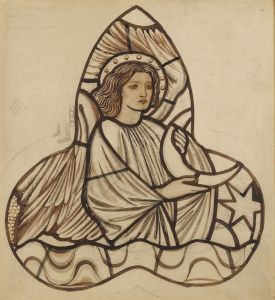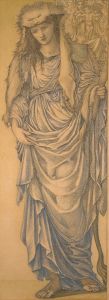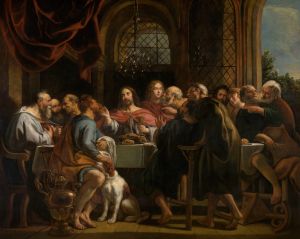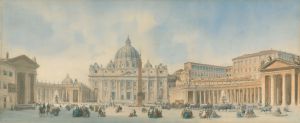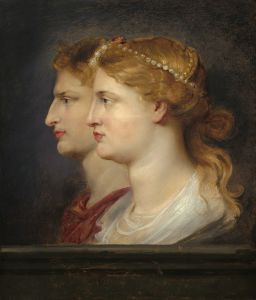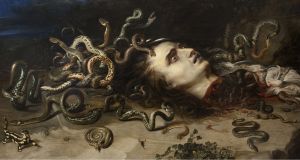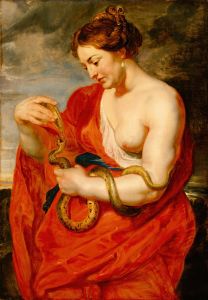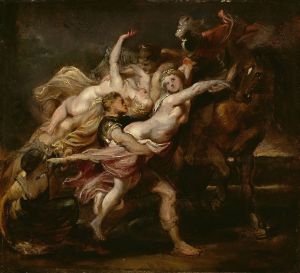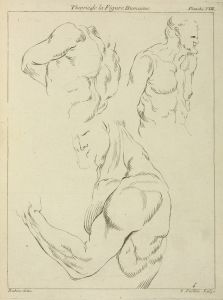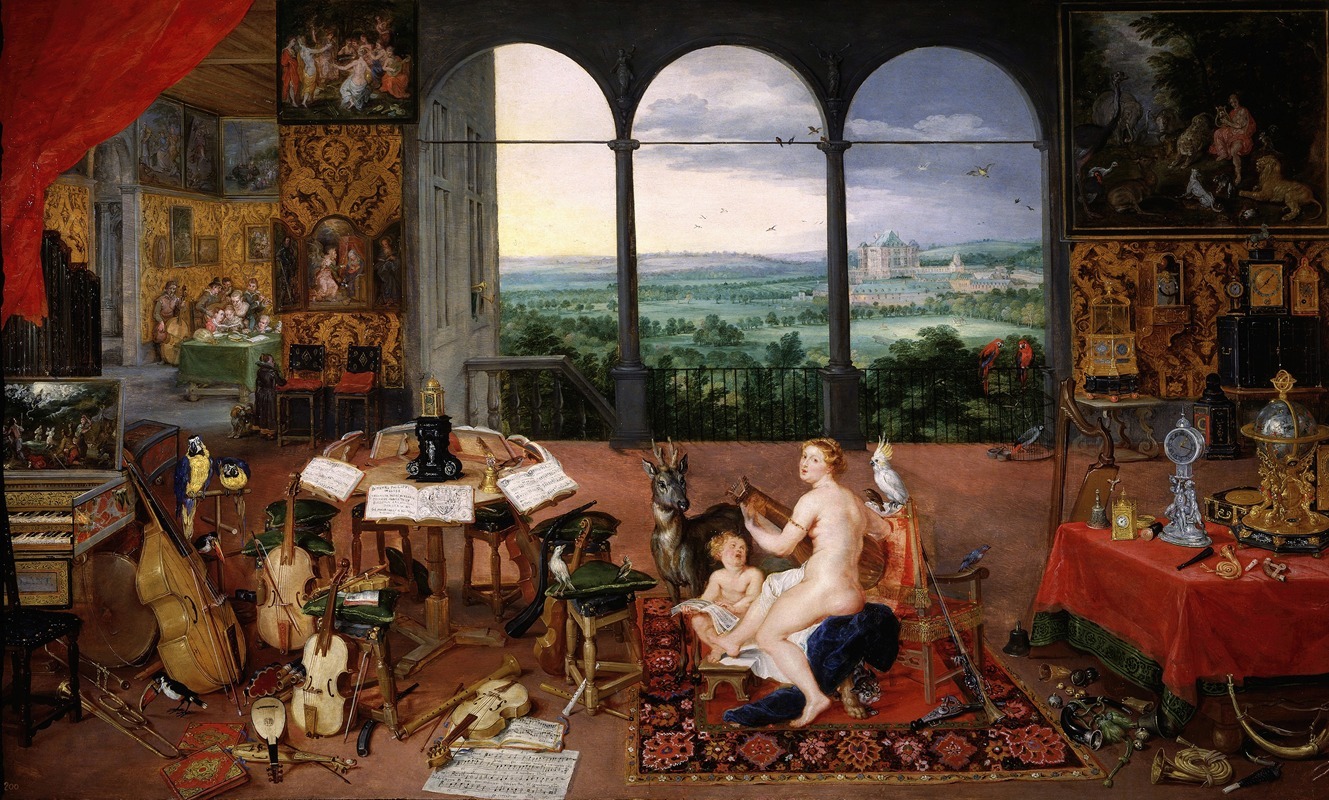
Hearing
A hand-painted replica of Peter Paul Rubens’s masterpiece Hearing, meticulously crafted by professional artists to capture the true essence of the original. Each piece is created with museum-quality canvas and rare mineral pigments, carefully painted by experienced artists with delicate brushstrokes and rich, layered colors to perfectly recreate the texture of the original artwork. Unlike machine-printed reproductions, this hand-painted version brings the painting to life, infused with the artist’s emotions and skill in every stroke. Whether for personal collection or home decoration, it instantly elevates the artistic atmosphere of any space.
Peter Paul Rubens, a prominent Flemish Baroque painter, is renowned for his dynamic compositions and vibrant use of color. However, there is no specific painting titled "Hearing" by Peter Paul Rubens that is widely recognized or documented in art historical records. Rubens' oeuvre includes a vast array of works, ranging from religious and mythological subjects to portraits and landscapes, but "Hearing" does not appear to be among them.
Rubens was born in 1577 in Siegen, in present-day Germany, and he spent his formative years in Antwerp, which was then part of the Spanish Netherlands. He became one of the most influential artists of his time, known for his energetic style and his ability to convey movement and emotion. His works often feature robust figures, dramatic lighting, and a rich palette, characteristics that define the Baroque style.
Throughout his career, Rubens received numerous commissions from nobility and royalty across Europe, including King Philip IV of Spain and Marie de' Medici of France. His workshop in Antwerp was highly productive, with many assistants and apprentices who helped execute his large-scale projects. Rubens' influence extended beyond his own lifetime, impacting generations of artists who followed.
One of Rubens' notable series is the "Five Senses," which he painted in collaboration with Jan Brueghel the Elder. This series allegorically represents the five human senses: sight, hearing, taste, touch, and smell. Each painting in the series features a central female figure surrounded by objects and scenes that symbolize the respective sense. The collaboration between Rubens and Brueghel combined Rubens' skill in painting figures with Brueghel's talent for intricate detail and still life.
If "Hearing" were part of this series, it would likely depict a scene rich in musical instruments or other auditory elements, consistent with the allegorical representation of the sense of hearing. However, without specific documentation or a recognized painting by Rubens under this title, it is not possible to provide a detailed description or analysis of such a work.
Rubens' legacy is preserved in numerous museums and collections worldwide, where his masterpieces continue to be studied and admired. His contributions to the Baroque movement and his ability to capture the human experience in his art remain influential to this day.
In conclusion, while Peter Paul Rubens is a celebrated figure in art history, there is no verifiable information about a painting specifically titled "Hearing" attributed to him. His existing body of work, however, continues to be a testament to his artistic genius and enduring impact on the world of art.





